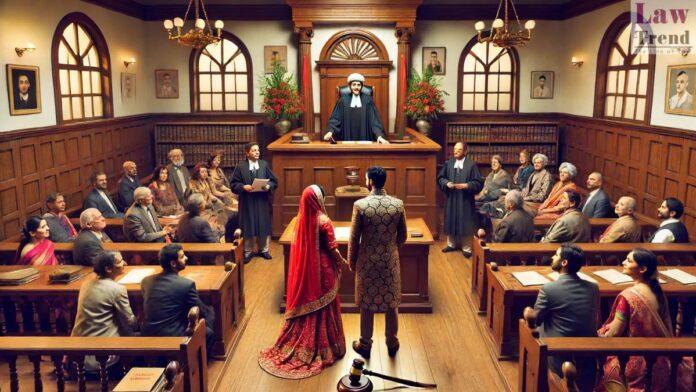The High Court of Delhi, in a significant ruling on matrimonial fraud, has affirmed that misrepresenting one’s marital history and income on a matrimonial website constitutes a “material fact or circumstance,” the concealment of which is a valid ground for annulling a marriage. A Division Bench of Justice Anil Khetarpal and Justice Harish Vaidyanathan Shankar
To Read More Please Subscribe to VIP Membership for Unlimited Access to All the Articles, Download Available Copies of Judgments/Order, Acess to Central/State Bare Acts, Advertisement Free Content, Access to More than 4000 Legal Drafts( Readymade Editable Formats of Suits, Petitions, Writs, Legal Notices, Divorce Petitions, 138 Notices, Bail Applications etc.) in Hindi and English.







